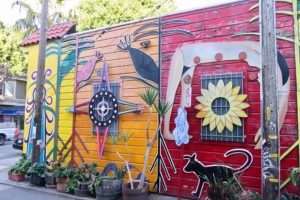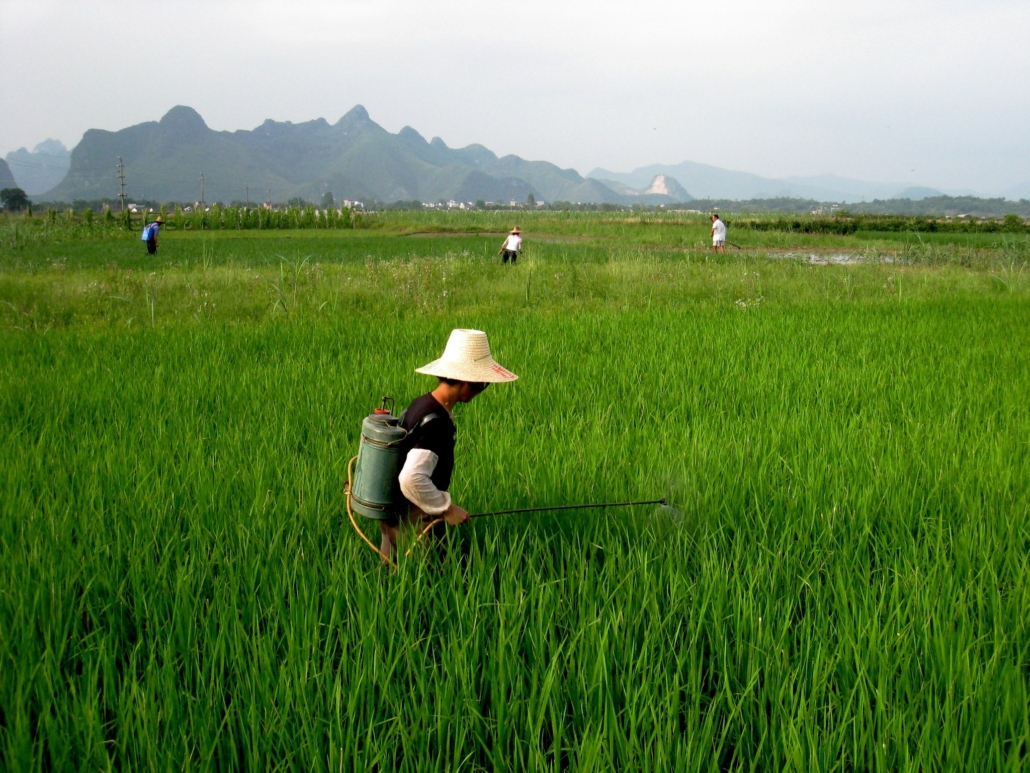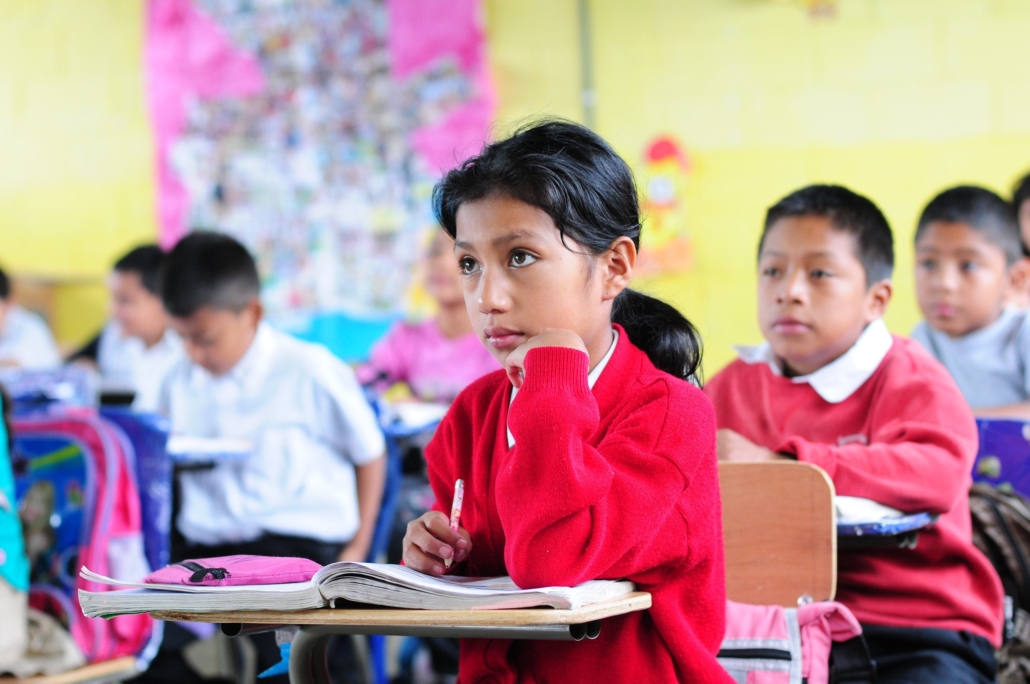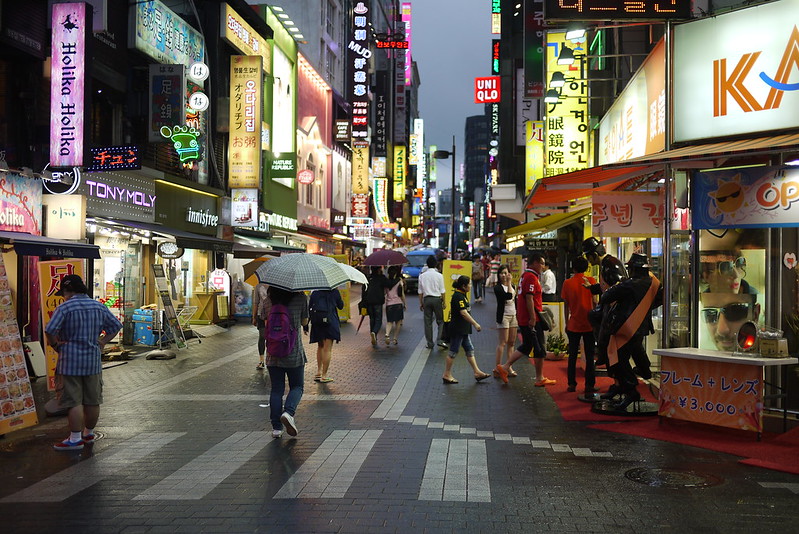
Social and economic mobility in a developing country becomes possible by examining the socio-economic inequalities that exist within a country due to the improved mobility of other social classes. This is a noticeable issue in South Korea amid the COVID-19 pandemic. The loss of revenue due to forced closures out of precaution and safety has impacted South Korea’s entrepreneurial workforce. Business owners who share the same sentiment have expressed that their government has been short on loans to cover business expenses. They also mentioned their preference toward establishing a tax cut. Additionally, the resulting dependence on technology for social-distancing purposes has further divided social classes and vulnerable groups like the elderly in South Korea. Fortunately, increased investment and trade have strengthened South Korea’s social and economic mobility amid COVID-19.
Elderly and Technological Advancements
One of the main issues in socio-economic inequalities is the wealth gap, which the pandemic has exacerbated. There are individuals who have been able to maintain a steady income while working from home. However, others have had to sell their assets to repay loans in order to keep their businesses thriving. The prospect of job security is low since workplaces have frequently turned workers away from their work, causing a hindrance in receiving income.
The pandemic has particularly impacted the elderly due to the shift in technology to follow the no-contact rule of the social guidelines. A 61-year-old experienced a QR code for the first time at a bakery, not knowing what it represented or how it became the new “normal” in facilitating a transaction in a business.
Future Economical Advancements
The new issues that have surfaced because of the pandemic have opened a potential source of income. This source boosted the South Korean economy in regard to social and economic mobility. The job market in South Korea is focusing on advanced technological fields, specifically working on the future of the car industry, as well as the low-carbon emission industry.
According to the 2020 GDP forecast, South Korea is less likely to take an economic hit compared to other countries. This is great news, specifically for the industries focused on bringing in revenue for the country.
North and South Korea Inter-Economy
Social and economic mobility is prevalent with the help of companies such as KPMG International. Recently, an investment guide has emerged to help with the economic cooperation of both North and South Korea. It aims to bring in more job opportunities to both countries and provide South Korea with information on the investment environment in North Korea. The president of South Korea mentioned that revenue would expand by combining both North and South Korea through “trade and infrastructure links.”
South Korea’s Trade Business
South Korea’s revenue will increase due to the new trading shift. The country also experienced an economic boom with the help of its exports and manufacturing activities. South Korea’s exports have grown by 4% in 2020 because of the high demand for technology. Exports are significant to South Korea’s economy, especially with strict lockdowns during the pandemic to help control the virus. With the increased investment plans and trade, hope exists that South Korea can continue to diminish socio-economic inequalities amid COVID-19, helping to advance its social and economic mobility efforts.
– Amanda Ortiz
Photo: Flickr
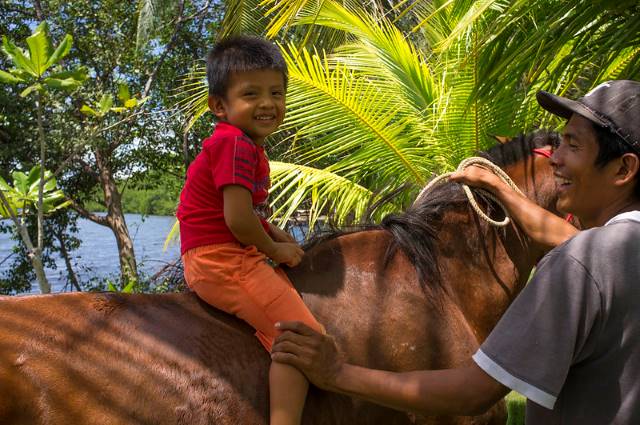
 India has its own form of racism. We refer to it as “Casteism.”
India has its own form of racism. We refer to it as “Casteism.”  As a result of the coronavirus pandemic, schools around the world have been forced to find innovative and sometimes unusual alternatives to traditional forms of teaching. Several countries in sub-Saharan Africa, such as Tanzania and Kenya, have decided to close schools until January 2021. As a result, the nations’ education departments are collaborating to create
As a result of the coronavirus pandemic, schools around the world have been forced to find innovative and sometimes unusual alternatives to traditional forms of teaching. Several countries in sub-Saharan Africa, such as Tanzania and Kenya, have decided to close schools until January 2021. As a result, the nations’ education departments are collaborating to create  An estimated 49 million to 180 million couples suffer from infertility, globally. Moreover, the majority of those affected live in developing countries. The most common cause of infertility in developing countries are STDs and pregnancy-related infections. With the focus of most poverty reduction efforts aimed at lowering overpopulation the health concern of
An estimated 49 million to 180 million couples suffer from infertility, globally. Moreover, the majority of those affected live in developing countries. The most common cause of infertility in developing countries are STDs and pregnancy-related infections. With the focus of most poverty reduction efforts aimed at lowering overpopulation the health concern of  Women in Indonesia are working hard and fighting for their rights. Recently, Indonesia ranked second in the most dangerous countries for women in the Asia-Pacific. Violence against women can happen anywhere from the slums to the richest neighborhoods. However, this has not stopped the women of Indonesia, as they continue to march — closing the inequality gap. Importantly, women’s rights in Indonesia have fierce advocates.
Women in Indonesia are working hard and fighting for their rights. Recently, Indonesia ranked second in the most dangerous countries for women in the Asia-Pacific. Violence against women can happen anywhere from the slums to the richest neighborhoods. However, this has not stopped the women of Indonesia, as they continue to march — closing the inequality gap. Importantly, women’s rights in Indonesia have fierce advocates.